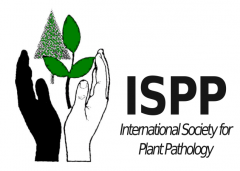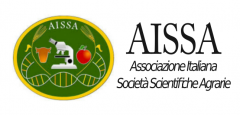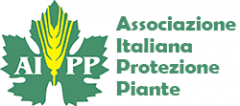
Analysis of small RNA silencing in Zymoseptoria tritici - wheat interactions
biorxiv
2018Authors: Graeme J. Kettles, Bernhard J. Hofinger, Pingsha Hu, Carlos Bayon, Jason J. Rudd, Dirk Balmer, Mikael Courbot, Kim E. Hammond-Kosack, Gabriel Scalliet, View ORCID ProfileKostya Kanyuka
Cross-kingdom small RNA (sRNA) silencing has recently emerged as a mechanism facilitating fungal colonization and disease development. Here we characterized RNAi pathways in Zymoseptoria tritici, a major fungal pathogen of wheat, and assessed their contribution to pathogenesis. Computational analysis of fungal sRNA and host mRNA sequencing datasets was used to define the global sRNA populations in Z. tritici and predict their mRNA targets in wheat. 389 in planta-induced sRNA loci were identified. sRNAs generated from some of these loci were predicted to target wheat mRNAs including those potentially involved in pathogen defense. However, molecular approaches failed to validate targeting of selected wheat mRNAs by fungal sRNAs. Mutant strains of Z. tritici carrying deletions of genes encoding key components of RNAi such as Dicer-like (DCL) and Argounate (AGO) proteins were generated, and virulence bioassays suggested that these are dispensable for full infection of wheat. Nonetheless, our results did suggest the existence of non-canonical DCL-independent pathway(s) for sRNA biogenesis in Z. tritici. dsRNA targeting essential fungal genes applied in vitro or generated from an RNA virus vector in planta in a procedure known as HIGS (Host-Induced Gene Silencing) was ineffective in preventing Z. tritici growth or disease. We also demonstrated that Z. tritici is incapable of dsRNA uptake. Collectively, our data suggest that RNAi approaches for gene function analyses in this fungal species and potentially also as a control measure may not be as effective as has been demonstrated for some other plant pathogenic fungi.
Back Downloads
501650.full.pdf (2 MB)




